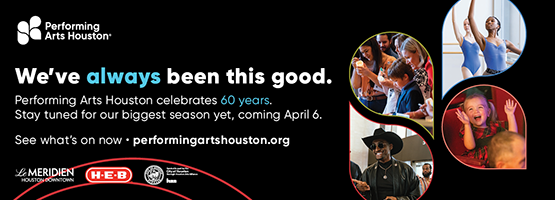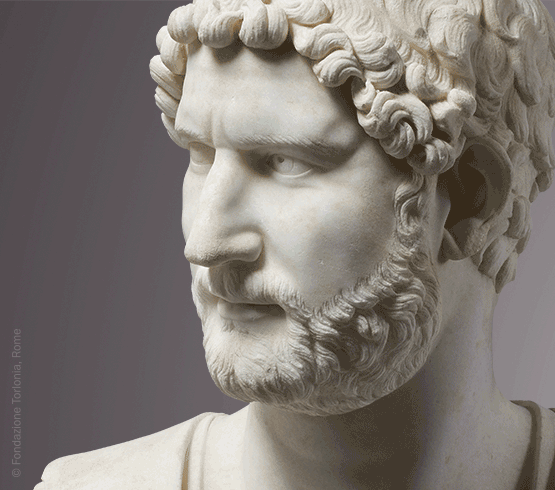A common lament among Dallas performing arts leaders is how the city’s talent doesn’t stay in Texas. Dancers, singers, and actors are born here, train here, and then leave for New York, Chicago, or even abroad. Someone should fix that, everyone thinks, and Avery-Jai Andrews is ready to be that someone.
“I would call Dallas a traditional dance company town,” says Andrews, who graduated from Booker T. Washington High School for the Performing and Visual Arts and later NYU, before performing in Israel and across Europe. “When I returned in 2017, I quickly became burnt-out because there was no dance community outside of these big, established companies. We have some big trees here in Dallas, and that’s great, but Agora is here to build the forest floor and help support the ecosystem so new trees can grow.”
Based out of its partner venue, the nonprofit arts incubator Arts Mission Oak Cliff (AMOC), where Andrews is also executive director and board president, Agora empowers dancers and choreographers to learn the business of their art.
“SEEDS is everything I wish I had known when I got started,” says Andrews, who first founded the short-lived Dallas dance company Don’t Ask Why before starting Agora with Lauren Kravitz in 2019. She explains that the program teaches the participants about marketing, project management tools, contracts, scheduling, workflow platforms, and how to effectively communicate with professional collaborators such as costume and lighting designers. “Starting a grassroots company revealed to me the gaps not only in the Dallas arts infrastructure, but in my own understanding of how everything works together to produce art. A lot of us are artists who have now taken on leadership roles. It’s not necessarily where we saw ourselves, but it is empowering to be in a position to create change.”
Agora is run by an advisory committee that includes Andrews, as well as Cami Holman, KD Milligan, Rai Barnard, and Jennifer Mabus. It was important to all that Agora rely on a deep variety of experiences and voices to help fill the gap when it comes to ALAANA (African, Latinx, Asian, Arab, and Native American) and LGBTQ+ people in the dance world—something they all noticed a lack of in Dallas. The company currently relies mostly on program-specific grants, with the aim of securing more stable and continuous funding to help support a strong administrative team.
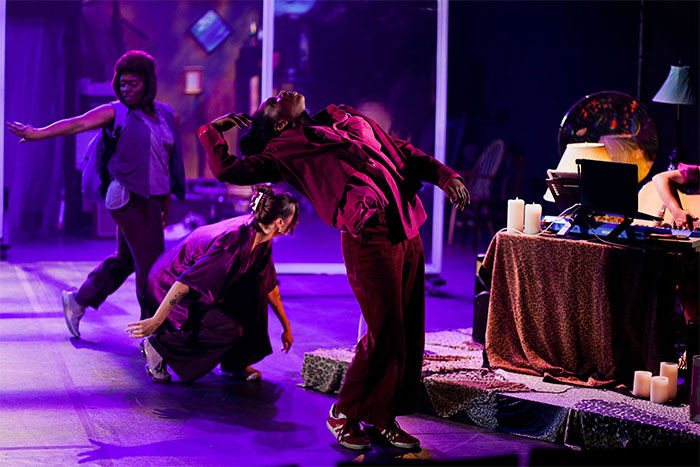
1 ⁄5
Avery-Jai Andrews, Lauren Kravitz, Cami Holman in The Eldert Lofts presented by AT&T Performing Arts Center’s The Elevator Project. Photo by Corey Haynes.
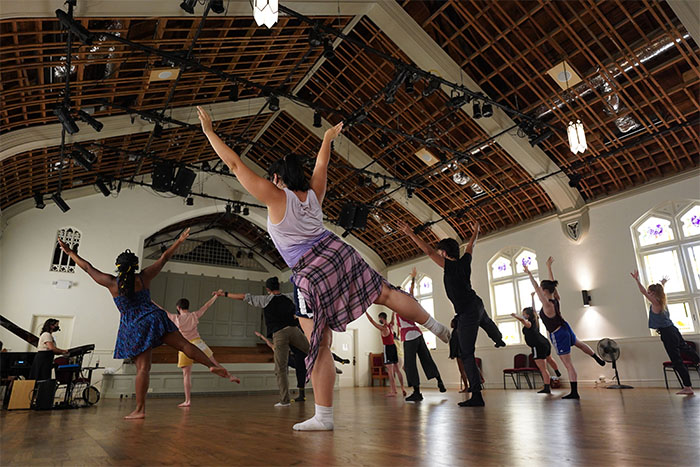
2 ⁄5
Agora Artists Mini Movement Fest, 2021. Photo by Corey Haynes.
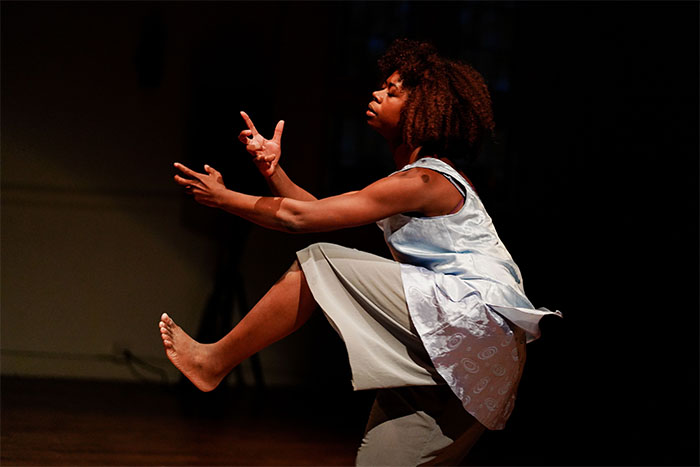
3 ⁄5
Attiyya Fortuné performing in Agora Artist’s Seeds 2023 concert. Photo by Corey Haynes.
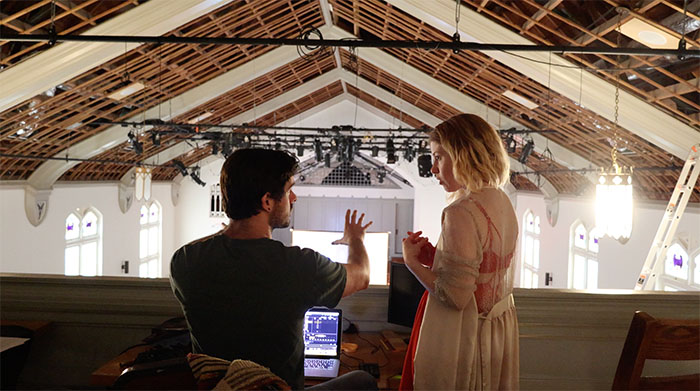
4 ⁄5
Seeds lighting design workshop: video still, lighting designer Ryan Burkle working with dancemaker Lyndsay Knecht from the Seeds 2022 cohort.
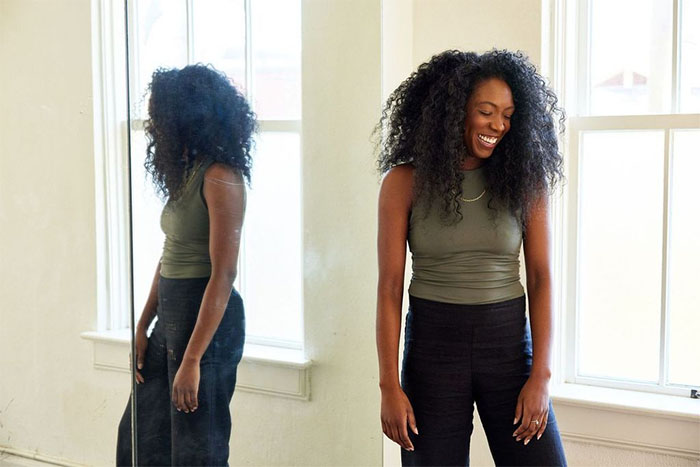
5 ⁄5
Agora Artists Founder and Artistic Director Avery-Jai Andrews. Photo by Kelsey Foster.
“We have to remember that there are others out there planting the seeds, starting the conversations, and it’s important that we connect with them as often as possible,” says Andrews. “We should be sharing what’s working and what’s not, and not be so insular.”
Another future goal of Agora’s is to create and maintain a community calendar, where it is easily visible which DFW company is performing when—and therefore prevent scheduling overlap. Dance classes for professionals is another wish-list item, with Andrews conceding that it’s difficult for working dancers to consistently train when commercial studios are often geared toward children and teens. “These ideas are not novel,” she laughs, “but there’s a reason they don’t exist yet. They take organizing and intentional effort, and we might as well be the ones to put in that work.”
“Dallas is a place where people want to live!” she says. “How cool would it be if Booker T. students could go out into the world and do their thing, and then come home and plant here? Imagine what kind of arts city Dallas would be: Not just a place for them to learn, but a place where they can build their lives and continue to develop as artists. What would be better than that?”
—LINDSEY WILSON



